Winter Skin Care
During winter, our skin can become dry and sensitive due to environmental factors like cold, wind, and low humidity.
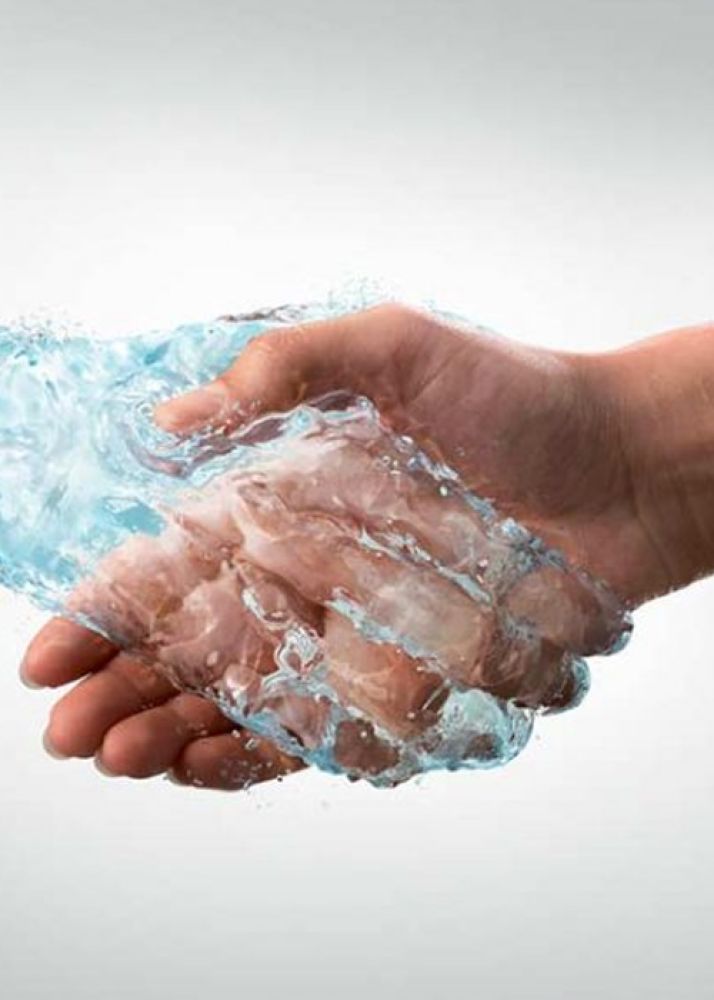
Hyperhidrosis (Excessive Sweating): Symptoms, Causes, and Treatment Methods
Hyperhidrosis is a condition characterized by excessive sweating in certain areas of the body or throughout the body. While normal sweating is essential for regulating body temperature, in hyperhidrosis, sweating occurs uncontrollably and is often unrelated to temperature or physical activity. Excessive sweating is commonly seen on the hands, feet, underarms, and face, and it can cause discomfort in social settings, affecting a person’s self-confidence. Fortunately, hyperhidrosis is a treatable condition, and dermatologists can manage it using various methods.
The symptoms of hyperhidrosis generally manifest as excessive sweating that can significantly impact daily life. Common symptoms of hyperhidrosis include:
Hyperhidrosis can increase social anxiety and make daily life challenging. People with excessive hand sweating, for example, may struggle with simple actions like handshaking or writing.
The exact cause of hyperhidrosis isn’t always known, and it’s generally classified into primary and secondary types:
Hyperhidrosis treatment aims to reduce sweating and improve the quality of life. Dermatologists may recommend several treatment options, including:
To alleviate the symptoms of hyperhidrosis and improve quality of life, the following measures can be taken:
Hyperhidrosis is a condition that can be diagnosed and treated by dermatologists. If excessive sweating affects your daily life or causes social or physical discomfort, it’s important to consult a dermatologist. Your dermatologist can provide suitable treatment options to help control hyperhidrosis symptoms and improve your quality of life.
Hyperhidrosis (Excessive Sweating)

Face and Neck Rejuvenation

Dermal Fillers
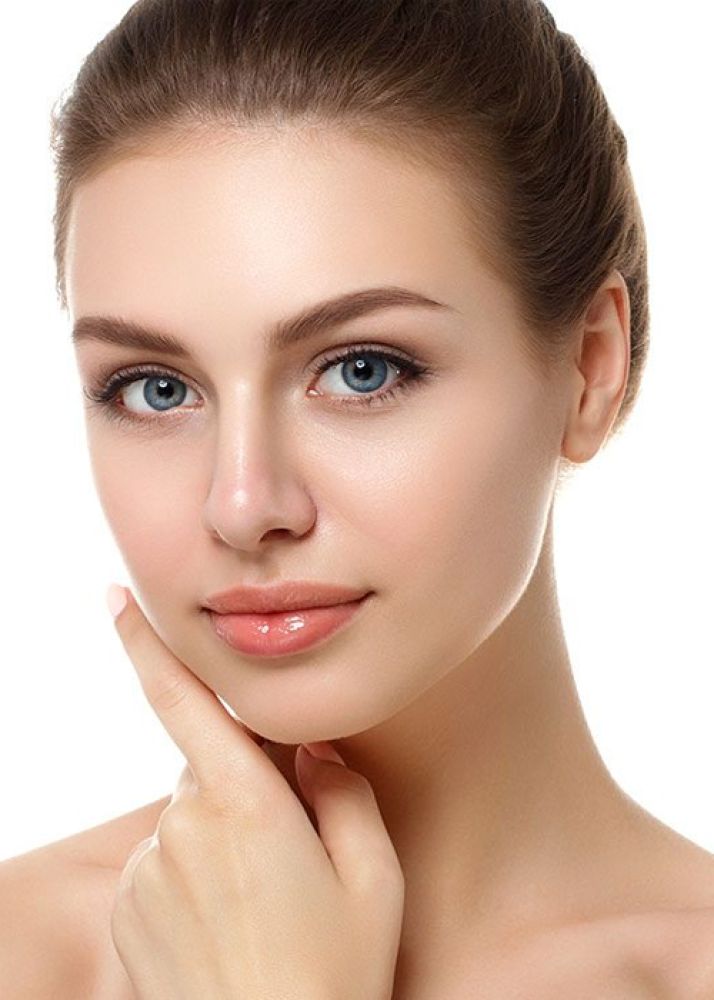
Botulinum Toxin
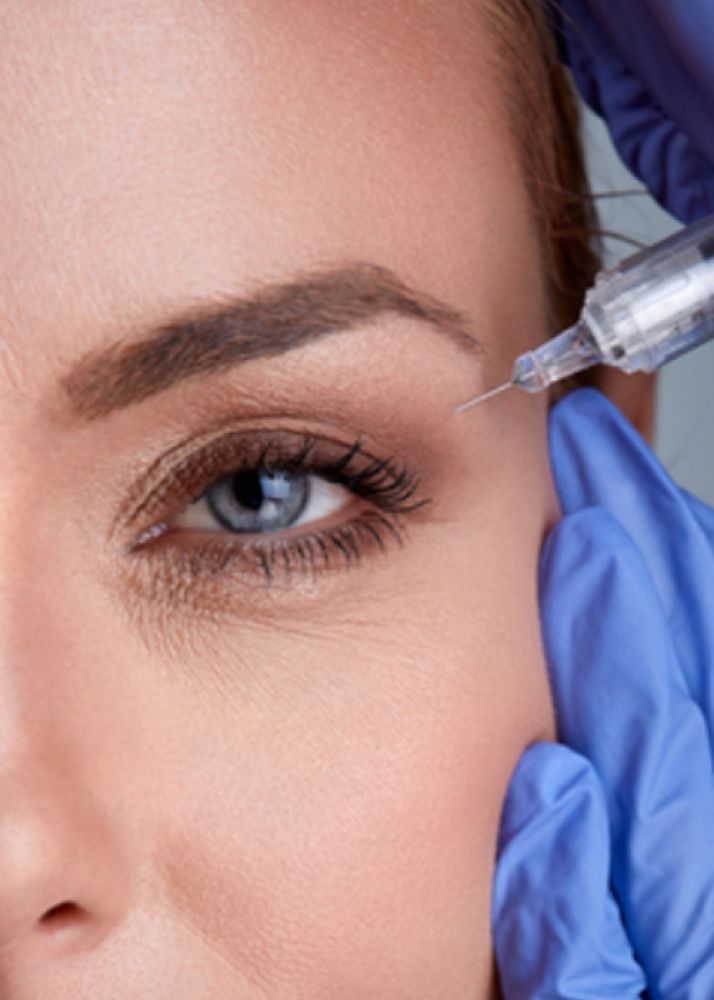
PRP (Platelet Rich Plasma)
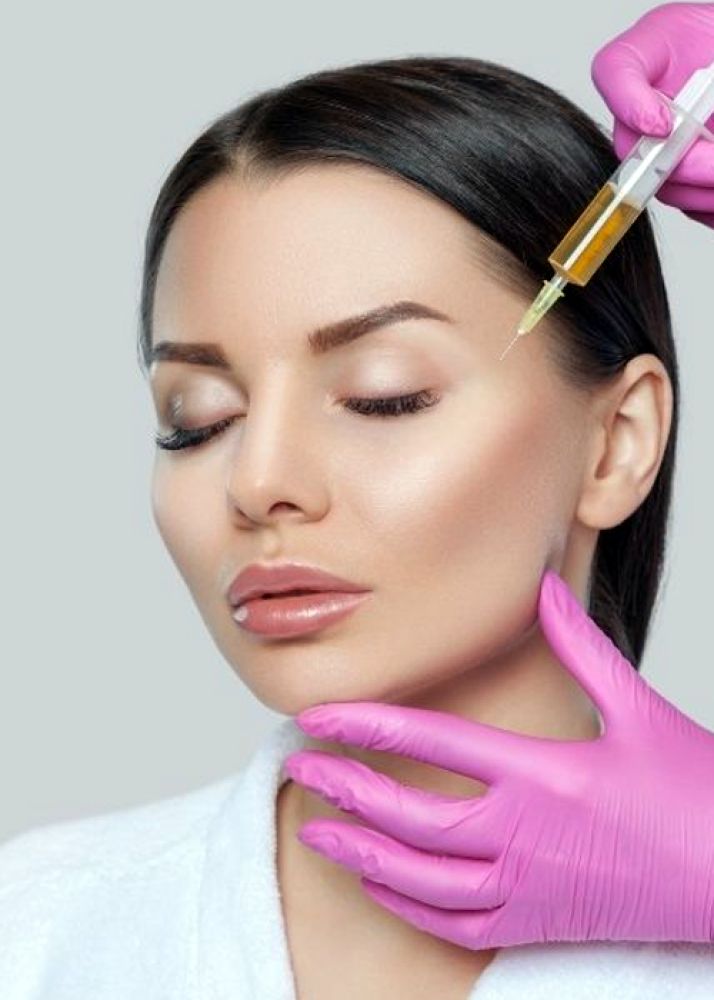
Mesotherapy

Thread Lift Procedure

Spot Treatment
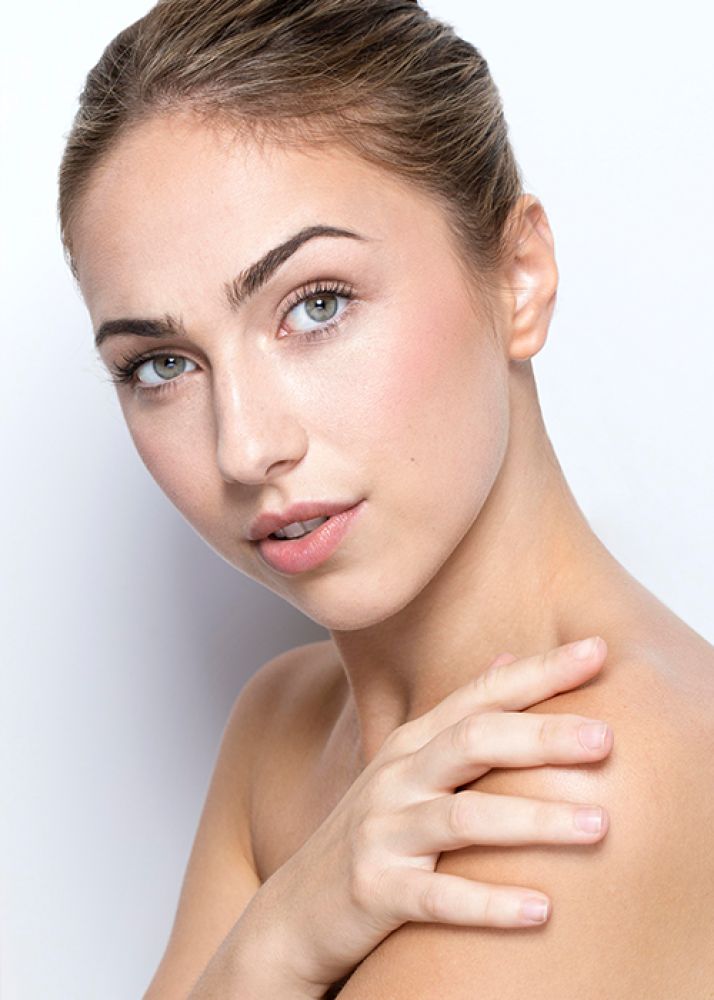
Chemical Peeling
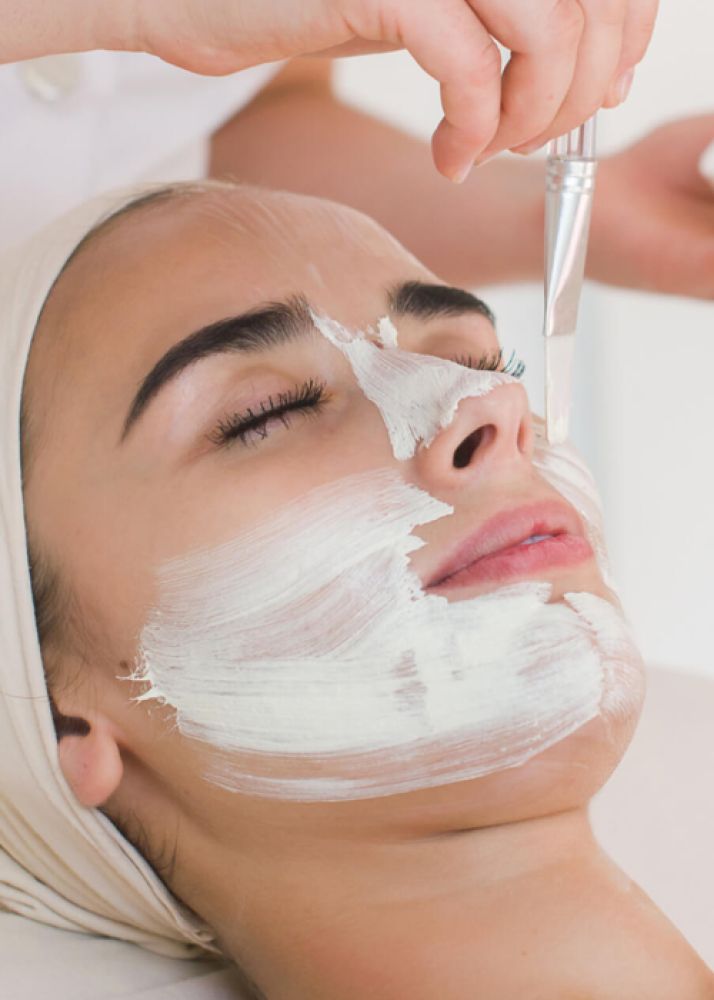

You can easily reach us through our contact page. Please fill out the form for your questions, suggestions or appointment requests.
Address
Hançerli Mah. Fatih Sultan Mehmet Cad. No: 155 İlkadım/SAMSUN
Show on GoogleMapinfo@gulsekerlisoytatar.com.tr
Working Hours
Monday-Saturday
09:00 - 17:00